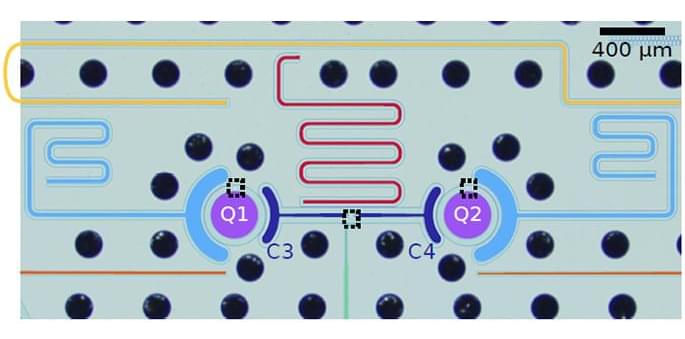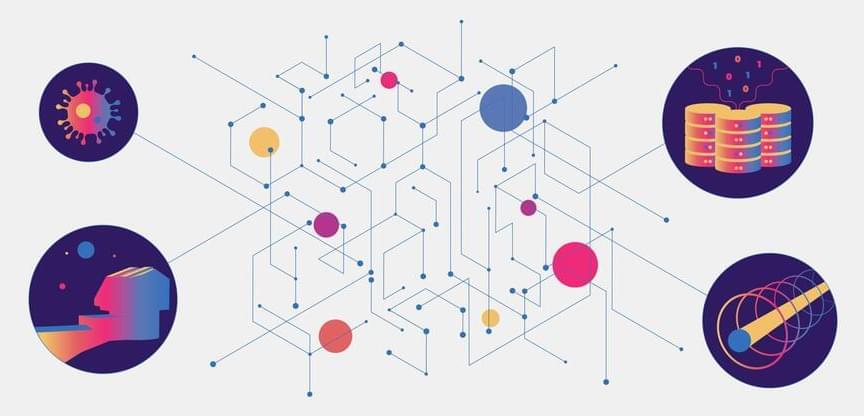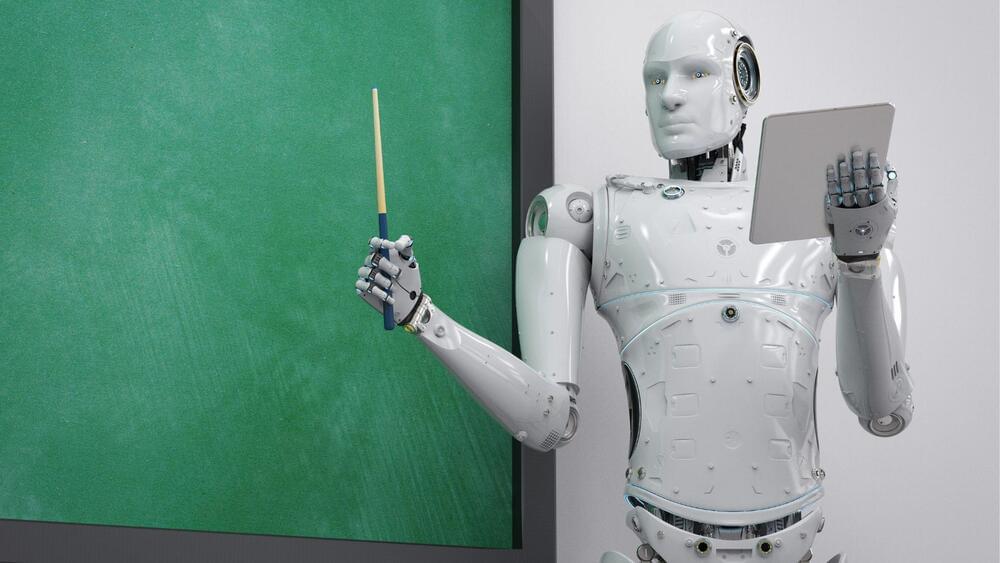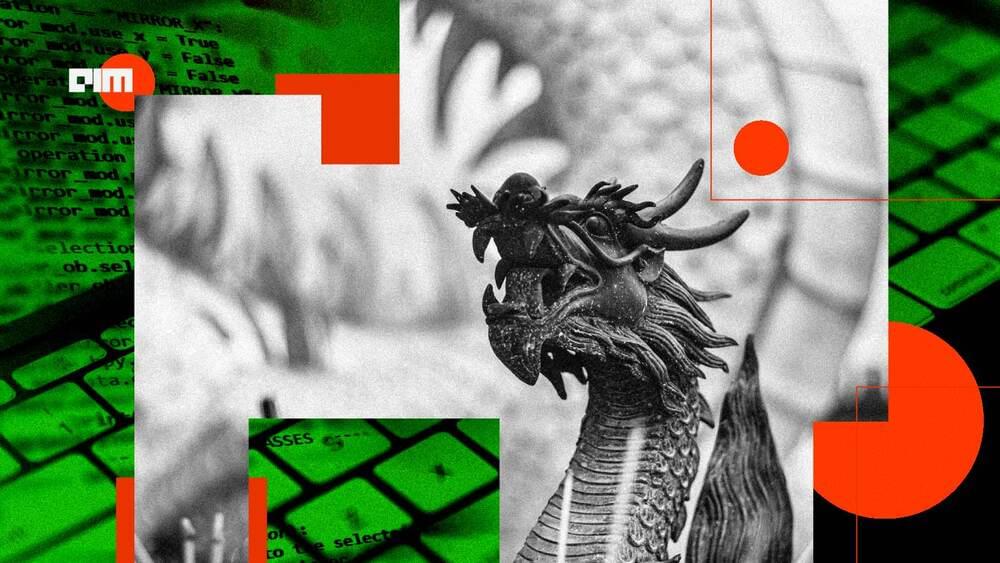
Researchers from the RIKEN Center for Quantum Computing and Toshiba have succeeded in building a quantum computer gate based on a double-transmon coupler (DTC), which had been proposed theoretically by Hayato Goto, Senior Fellow at Toshiba, as a device that could significantly enhance the fidelity of quantum gates. Using this, they achieved a fidelity of 99.90 percent for a two-qubit device known as a CZ gate and 99.98 percent for a single-qubit gate. This breakthrough, which was carried out as part of the Q-LEAP project, not only boosts the performance of existing noisy intermediate-scale quantum (NISQ) devices but also helps pave the way for the realization of fault-tolerant quantum computation through effective quantum error correction.
The DTC is a new kind of tunable coupler composed of two fixed-frequency transmons—a type of qubit that is relatively insensitive to charge noise—coupled through a loop with an additional Josephson junction. Its architecture addresses one of the most pressing challenges in quantum computing: the development of hardware to entangle qubits in a high-fidelity manner. High gate fidelity is essential for minimizing errors and enhancing the reliability of quantum computations. The DTC scheme stands out by achieving both suppressed residual interaction and rapid high-fidelity two-qubit gate operations, even for highly detuned qubits. Though fidelity of 99.9 percent has been routinely achieved for single-qubit gates, error rates for two-qubit gates are typically 0.5 percent or more, mainly due to interactions between the qubits known as the ZZ interaction.
The key to the current work, published in Physical Review X, is the construction of qubits using state-of-the-art fabrication techniques and gate optimization using a type of machine learning known as reinforcement learning. These approaches allowed the researchers to translate the theoretical potential of the DTC into practical application. They used these approaches to balance two types of remaining errors—leakage error and decoherence error—that remained within the system, selecting a length of 48 nanoseconds as an optimal compromise between the two error sources. Thanks to this, they achieved fidelity levels among the highest reported in the field.


















